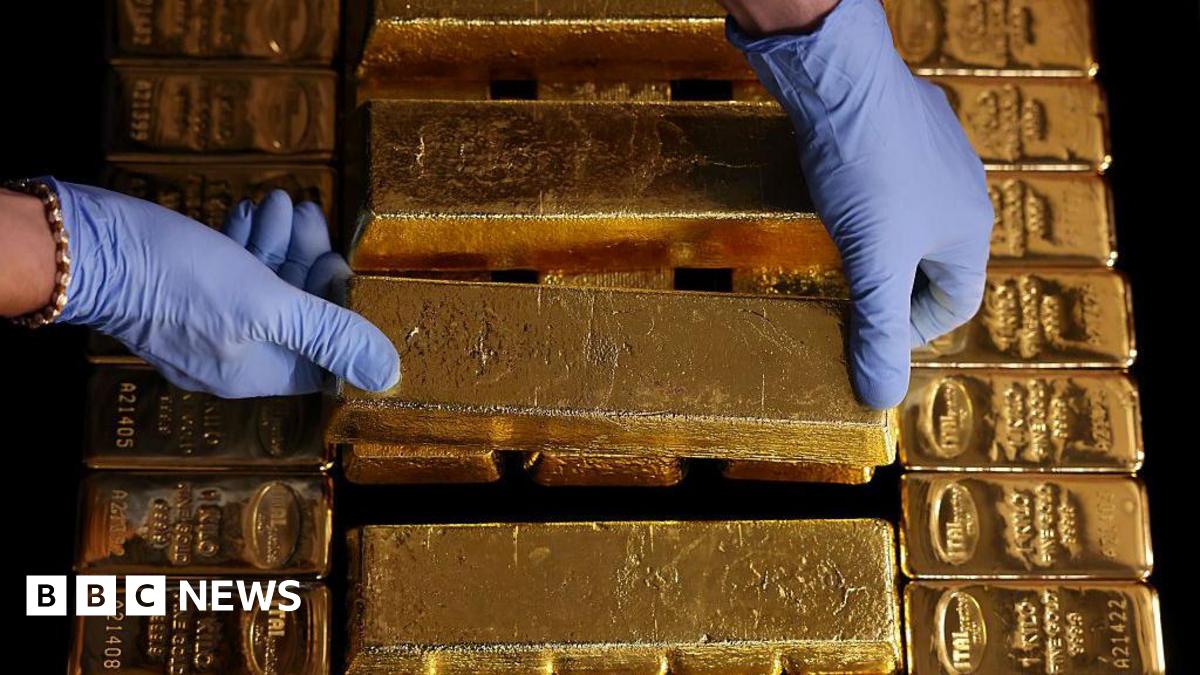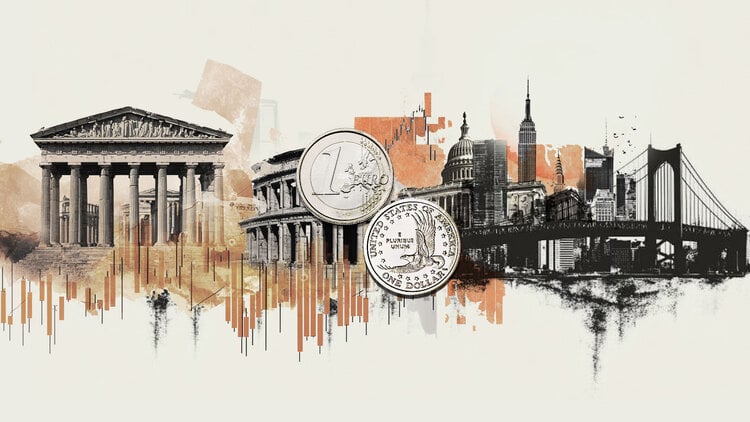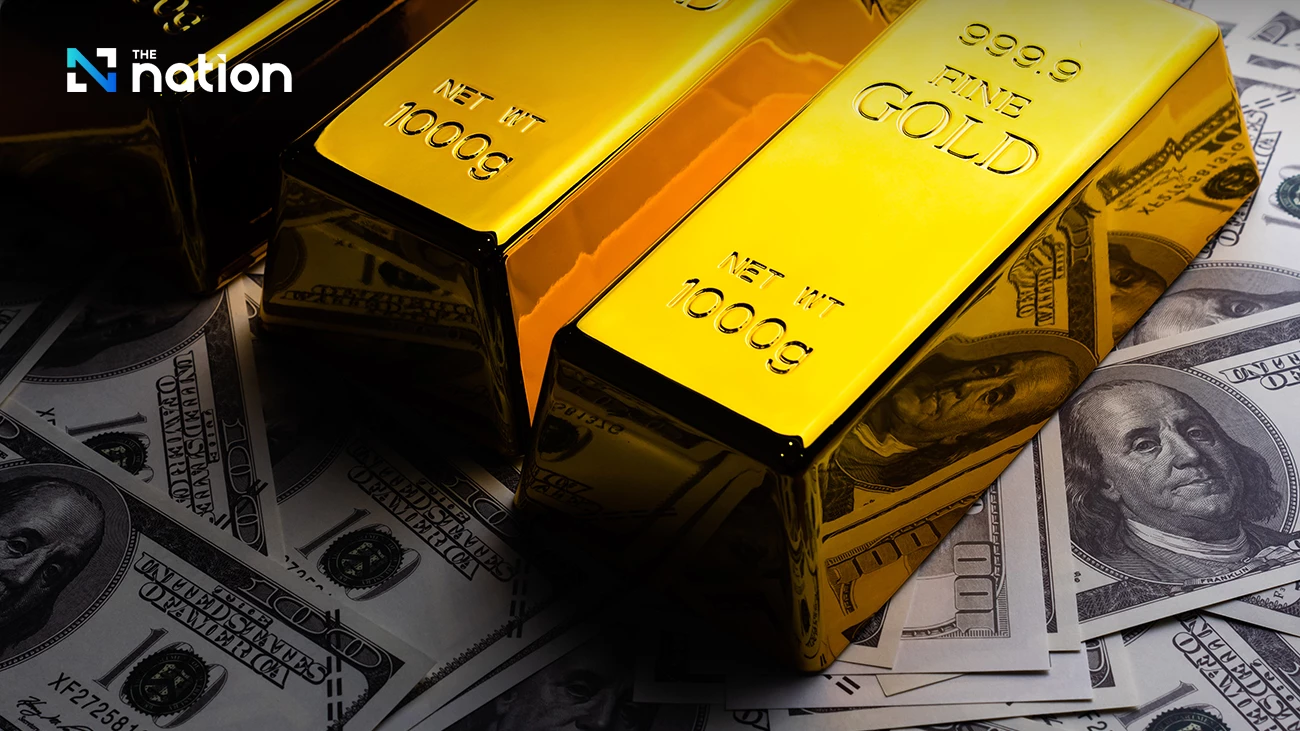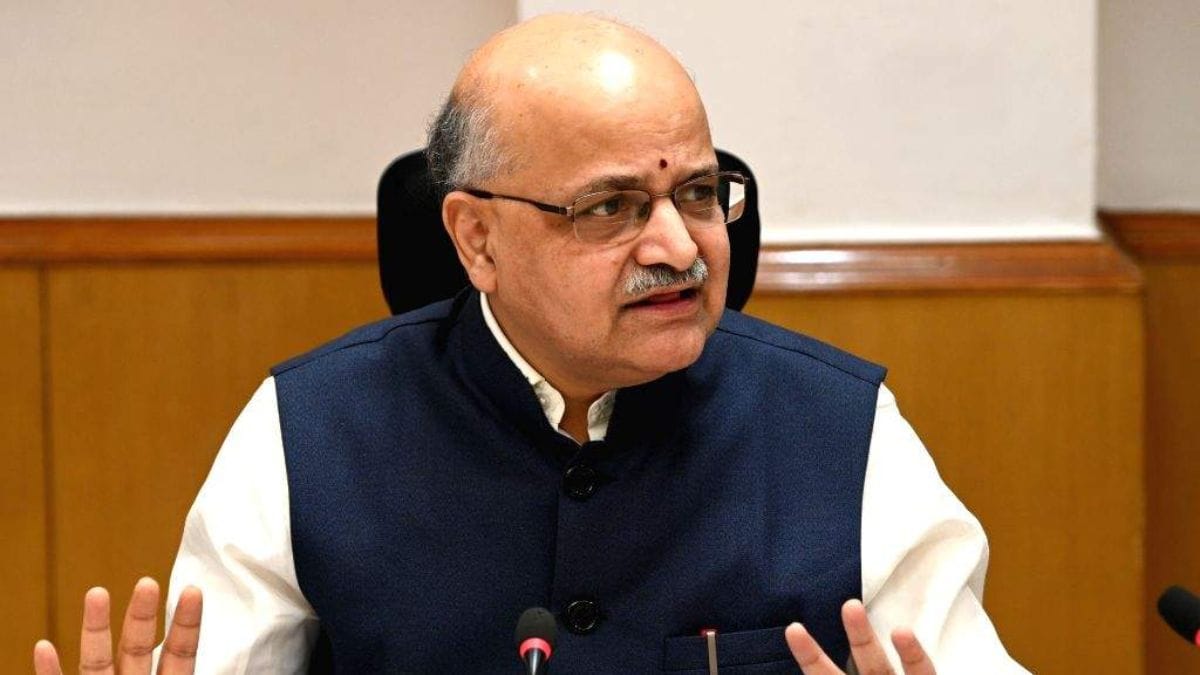Is the Gold Rush Back? Bank of England Sounds Alarm on AI Tech Bubble!

As the stock market hits dizzying heights, the Bank of England (BoE) has issued a startling warning: the value of AI tech companies may be on the brink of a major collapse. Investors, basking in the glow of record highs in the US, UK, and European share markets, need to brace themselves for what could be a 'sharp correction'—defined as a drop of over 10% in these indexes.
Meanwhile, the price of spot gold has surged to an astonishing $4,036 an ounce, captivating the attention of those eyeing safe havens amid financial uncertainty. Even the gold futures market, which indicates investor sentiment about future prices, matched this level just a few days ago. On October 7th, the gold futures market showed a similar spike, hinting at growing demand for this precious metal.
According to Christopher Wong, a rates strategist at OCBC in Singapore, the ongoing US government shutdown is acting as a significant 'tailwind for gold prices.' Historically, investors have flocked to gold during such shutdowns, seeking refuge from market instability. In fact, during the month-long shutdown in Donald Trump’s first term, gold prices skyrocketed nearly 4%.
However, there lies a caveat: if the shutdown resolves sooner than anticipated, we might see gold prices plummet instead. As Heng Koon How, head of market strategy at UOB bank, noted, gold's recent 'unprecedented rally' has exceeded analysts' expectations, spurred not only by the weakened US dollar but also by a surge in retail investors buying into gold.
The current gold frenzy isn’t solely about short-term market jitters. Central banks have been aggressively stockpiling gold as a strategic move to diversify away from US treasuries and reduce reliance on the dollar. Remarkably, these banks have purchased over 1,000 tonnes of gold annually since 2022, a dramatic increase from the average of 481 tonnes from 2010 to 2021. Countries like Poland, Turkey, India, Azerbaijan, and China are leading the charge in gold acquisitions.
It's also worth mentioning that not all gold investors are buying physical bars. Many are opting for financial products such as exchange-traded funds (ETFs) that are backed by gold. This year alone, a record-breaking $64 billion has flowed into gold ETFs, according to the World Gold Council.


























